SonoPro Tips and Tricks for Peripheral IV Access
Northwestern EM Blog
MARCH 27, 2025
For those new to the probe, we recommend first reviewing the basics in the incredible FOAMed Introduction to Bedside Ultrasound Book , 5 Minute Sono , and POCUS Atlas. Difficult stick, dehydrated patient, collapsible veins, USPIV is calling your name! Practice holding the needle still when moving the ultrasound. Did You Know?

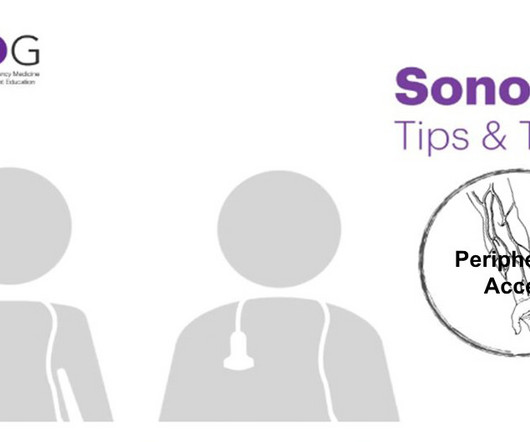











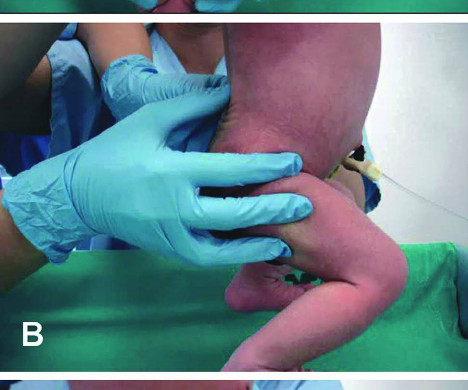


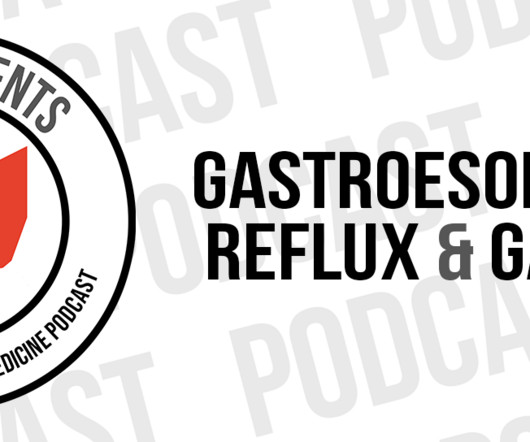

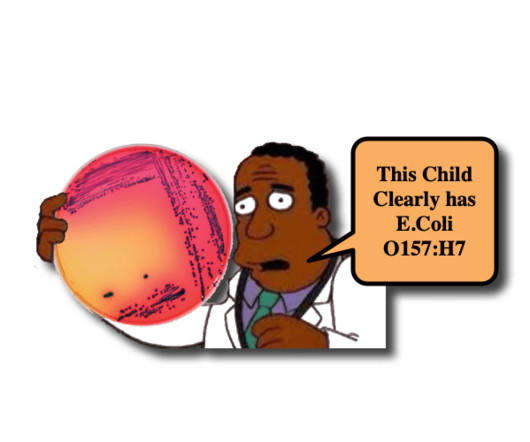



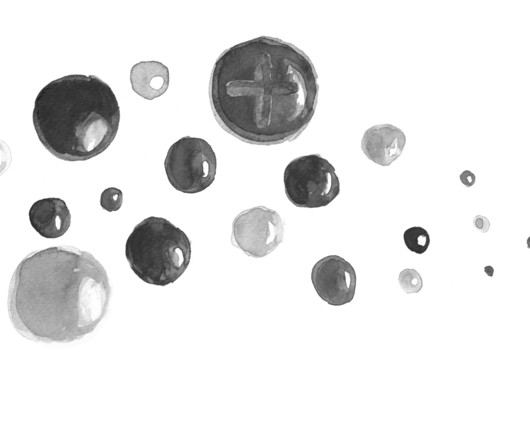






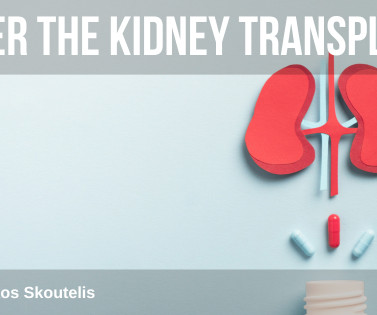
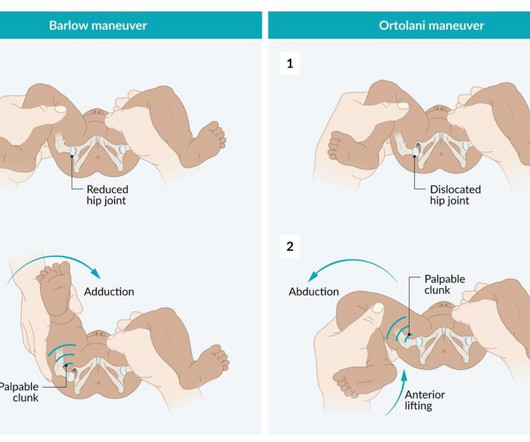






Let's personalize your content